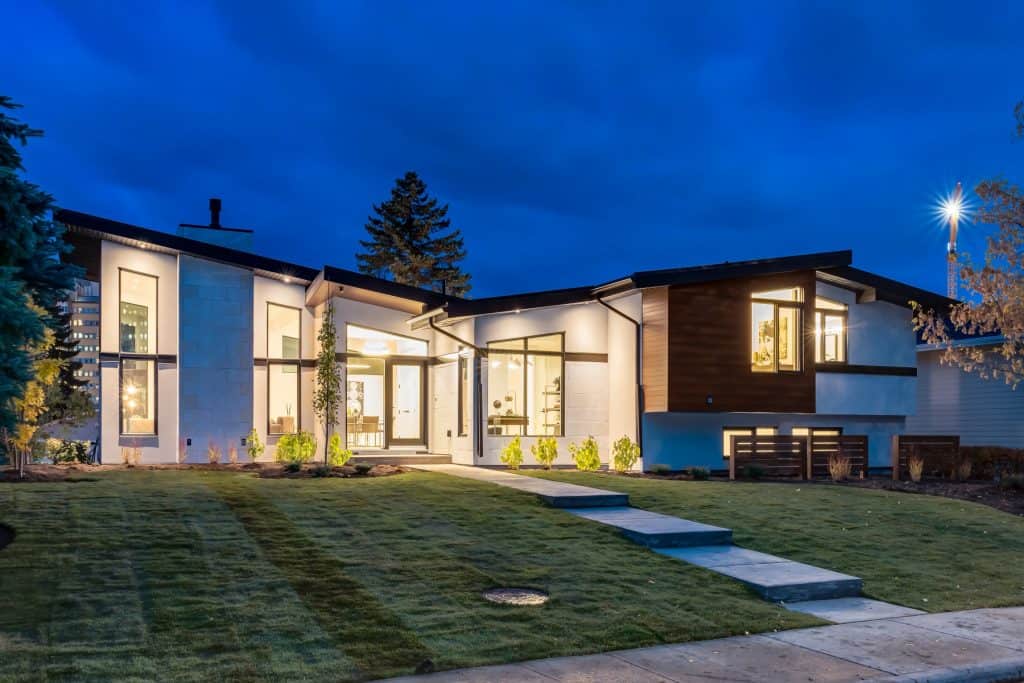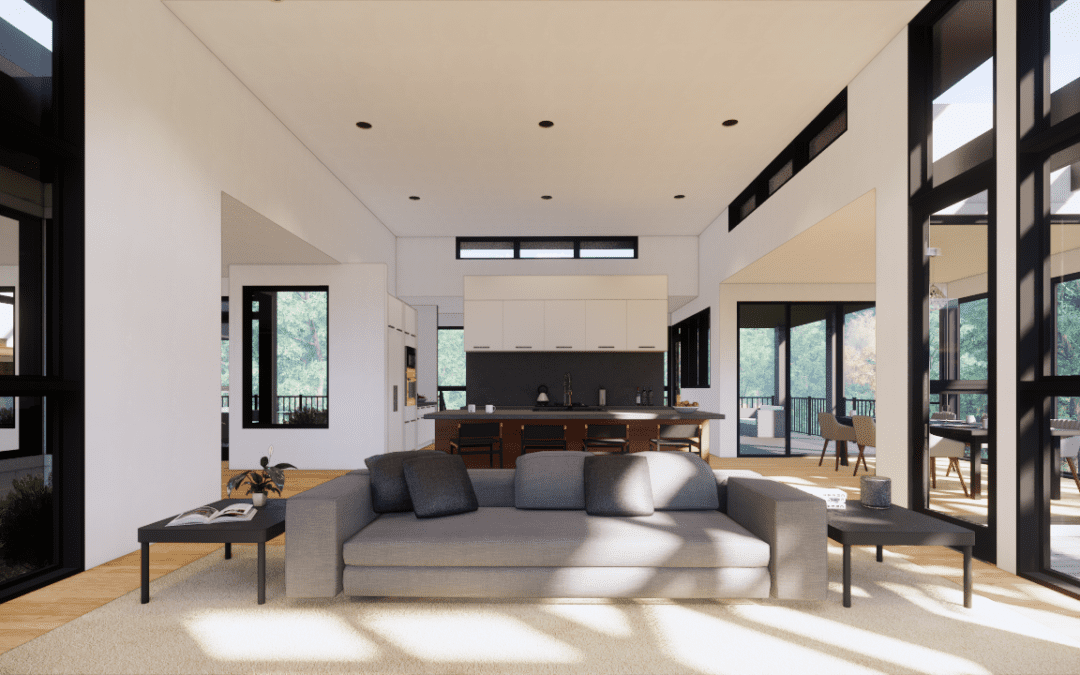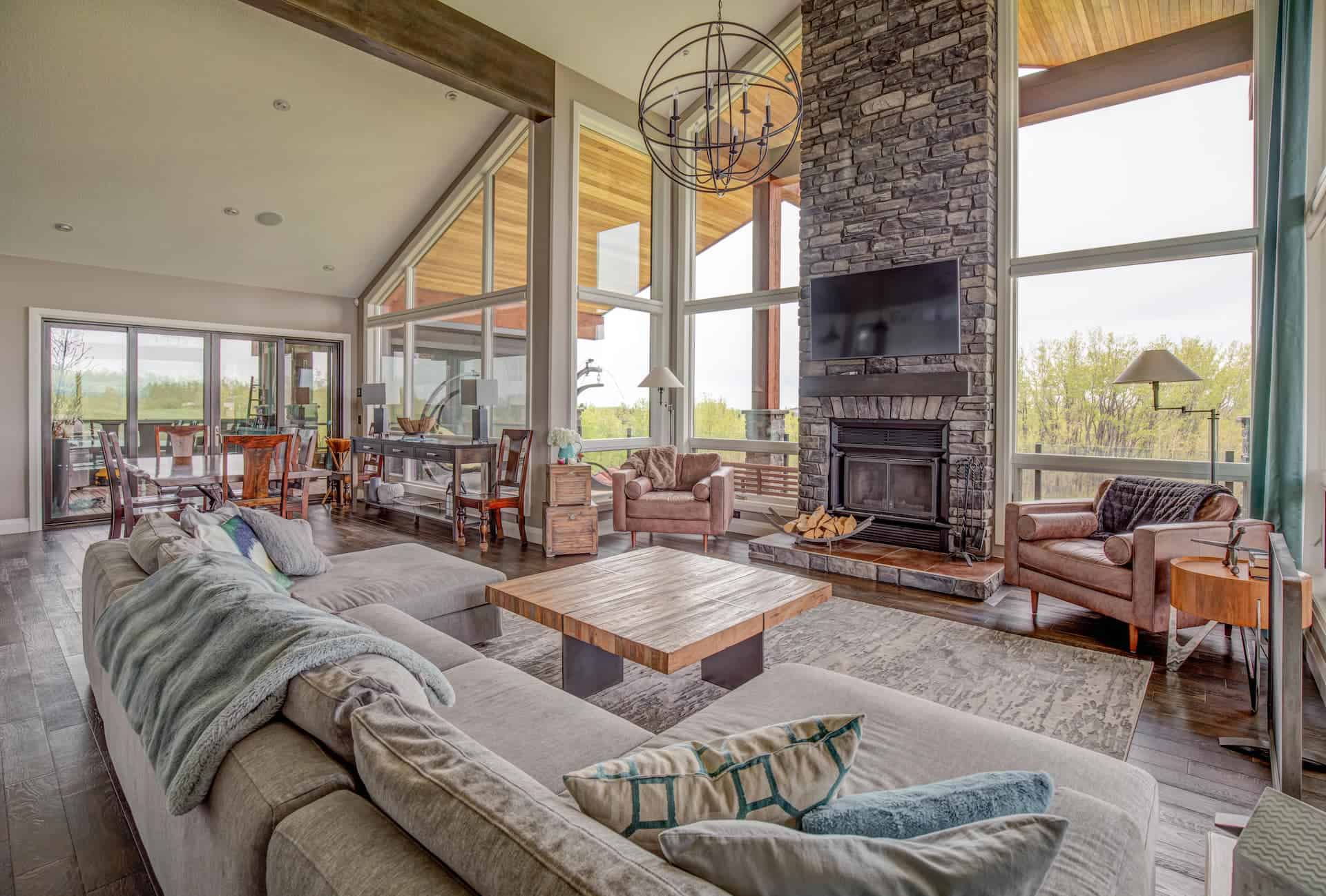As we get older, life throws a lot of challenges our way. That doesn’t mean we need to downsize our homes or leave the communities we’ve lived in for years. Aging in place in Calgary is entirely achievable, especially when your home is thoughtfully designed or renovated to meet evolving needs.
Aging in place means staying in the homes and communities we cherish while maintaining independence. That sense of normalcy makes the golden years that much sweeter, whether it’s chatting with a neighbour or walking a familiar trail.
Working with a custom home designer makes it much easier to integrate long-term planning into your renovation. They can help reconfigure your space in ways that make aging in place not only desirable but practical too.
Why Is Aging in Place in Calgary Important for So Many People?
A recent national census revealed that 85% of Canadians would prefer to age in place in their own homes and communities. And in Calgary, where families are often spread out and winter months can be isolating, aging in place offers a sense of stability and comfort.
But as we age, our needs change. A custom home designer can help you plan ahead, creating a home that supports your current lifestyle and adapts to future challenges.
What Is Aging in Place?
Aging in place in Calgary means living independently, comfortably, and safely in your own home—even as your physical or cognitive abilities change. It enables people to maintain a sense of control and safety in their lives that can be lost otherwise.
There are, of course, challenges that come with aging in place in Calgary, and it’s important that your home be designed and built to help accommodate your changing needs. Working with a custom home designer can help anticipate those challenges and incorporate them into the design of your home.
Custom home designers can look beyond small modifications and address larger, foundational elements that allow you to age in place with confidence.
Important Considerations for Aging in Place in Calgary
Accessibility
Wheelchairs and walkers may become part of everyday life, and a smart, accessible home ensures you can move freely and comfortably throughout your home.
Renovation ideas:
- Open-concept floor plans can eliminate narrow passageways and reduce the need for tight turns.
- Wider hallways and doorways make navigating with mobility aids easier.
- Main-floor living spaces, such as a relocated primary bedroom and full bath, can help eliminate the need to use stairs entirely.
Mobility
Mobility goes beyond wheelchair-accessible homes and aims to make movement as effortless and safe as possible, even as balance or strength diminishes.
Renovation ideas:
- Additions or extensions can reconfigure your floor plan to accommodate main-level laundry, a ground-floor suite, or new access points.
- Replace staircases with gradual ramps or install residential elevators.
- Sunken living rooms or split-level layouts can be leveled for a safer, smoother flow.
Safety
Safety must be a primary goal of designing a home that’s meant for its owners to age in place. A custom designer can integrate safety into the very bones of your home, rather than adding it on as an afterthought.
Renovation ideas:
- Reinforce bathroom walls to allow for future installation of grab bars.
- Include non-slip surfaces and curbless showers in newly designed accessible bathrooms.
- Build in ample lighting and smart layouts that eliminate the need for unsafe workarounds.
Adaptability
Aging in place in Calgary doesn’t require a full teardown or rebuild. As our needs change and evolve, there are small changes to our homes that can make big differences in our quality of life.
The beauty of custom design is that it allows your home to evolve with you over time. Flexible planning now reduces the need for major renovations later.
Renovation ideas:
- Install blocking behind walls for grab bars, shelving, or lifts down the line.
- Design multi-purpose rooms that can transform into a caregiver suite, office, or bedroom if needed.
- Consider adjustable-height cabinetry and pull-down shelving systems.
Visibility
Lighting is an important element of any home, but it becomes even more important when we consider aging in place in Calgary—a city where the summers are very bright but there’s not much daylight in the winters.
Custom design ideas:
- Incorporate large windows or skylights when reconfiguring a space.
- Add transom windows or glazed interior doors to let light flow between rooms.
- Install layered lighting schemes—ambient, task, and accent—built right into your custom design.
Maintenance
Cleaning and maintaining your home can become more challenging as we age in place, but that definitely doesn’t mean it becomes any less important. Reducing the burden of home maintenance ensures your house remains a source of joy, not stress, as you age.
Renovation ideas:
- Replace high-maintenance materials with durable, easy-clean alternatives like luxury vinyl plank flooring or quartz countertops.
- Plan for low-maintenance landscaping and exterior finishes like stone or Hardie board.
- Include central vac systems or robotic vacuum integration into your home design.
Technology
Smart home technology has come a long way, and it can be an incredible asset for older adults as they look to stay in their homes long term. Smart home features offer convenience, peace of mind, and safety.
Renovation ideas:
- Design spaces with voice-controlled or motion-activated lighting and blinds.
- Hardwire security systems and video doorbells into entryways and gates.
- Add dedicated tech nooks or stations that make device use and charging easier, especially for those with limited dexterity.
Design Your Lifetime Home in Calgary

Aging in place in Calgary is desirable for so many of us, but it’s critical that our homes be designed to keep us safe and supported as we get older. Working with custom home designers like the team at Ellergodt Design can help you and your family design or renovate your house so that it meets your needs not only today, but as you age and your needs begin to change.
For more information on how we can help you design a home that evolves with you, call us at (587) 803-3715 or use our contact form.
FAQs About Aging in Place in Calgary
What is the greatest barrier to aging in place?
This is different for every person, but many people face complex medical conditions that can make it difficult to age in place. In a city like Calgary where the weather can be a challenge, losing the ability to drive can leave seniors feeling isolated and needing assistance, especially in the winter. But thoughtful home design that considers the challenge of aging in place in Calgary can help make day-to-day life easier and safer.
What is necessary for aging in place?
Again, this can change for everyone, but it’s important to consider safety, mobility, independence, and connectedness for anyone looking to age in place in the long term. Aging in place can be rewarding and fulfilling, but it’s critical that accommodations be made for how our minds and bodies will change.


